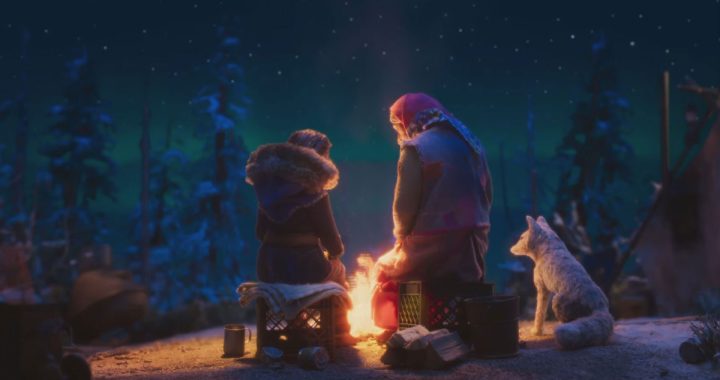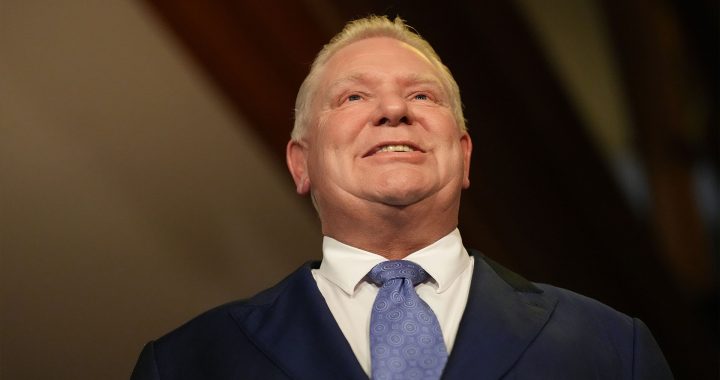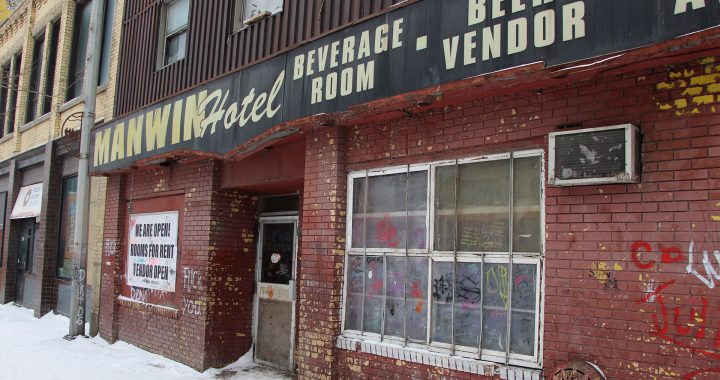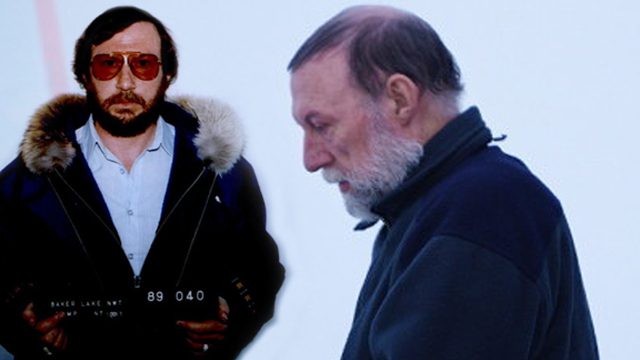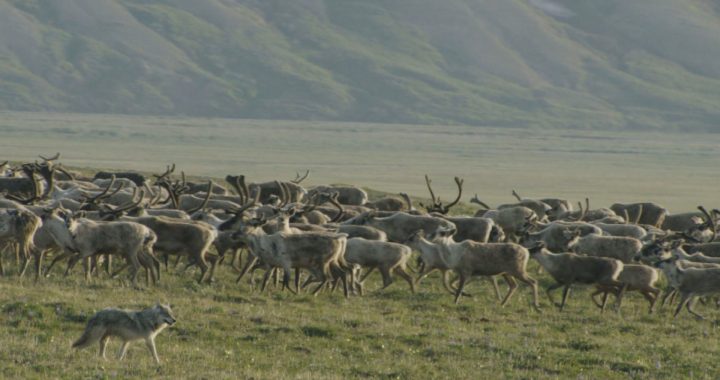The phenomenon of hoarding skeletal remains and cultural artifacts flies in the face of reconciliation, Indigenous leaders say.
Many items are stolen from graves and sacred sites; others are found when land is disturbed during development.
Ry Moran, director of the National Centre for Truth and Reconciliation, thinks it’s a problem that stems from attitude.
“The idea that it was empty land and that people could just come in and collect whatever they saw fit,” Moran told InFocus Host Melissa Ridgen.
“That kind of legitimized or allowed these collectors to come and feel like they had a right, which of course they never have had, to disturb sacred or ceremonial sites.”
But, he adds, that while wrong, there’s a silver lining to certain public and private entities preserving these artifacts.
“We turn to archives all the time to prove our rights were eroded or eliminated on a systematic basis,” he added.
“The best way to win a legal argument is to use the government’s own words against it. And those archives provide a very important record of that — that we continue to turn to, to understand that longstanding abrogation.”
APTN News reporter Martha Troian has covered the practice of collecting and keeping artifacts by non-Indigenous organizations and private collectors.
In 2017, she surveyed 12 universities across Canada.
“What I learned was that they are housing (everything from) full skeletons to bone fragments of Indigenous human remains,” she told Ridgen.
“The University of Toronto had the highest number at 550 and then next was Memorial University, they had the second highest with approximately 200. But not all universities wanted to give their information to me. I did sense some resistance.”
Troian said “there are some institutions that have repatriation policies and some universities that don’t have any at all. and if these institutions want to give back Indigenous human remains to communities, the cost is going to fall on the communities.”
Moran said that’s part of the problem.
In a time when many want to do what’s right – in the spirit of reconciliation – there’s a lack of infrastructure to return the items.
And there’s a lack of ability in communities to preserve artifacts or return burial items to their resting place, he said.
Troian has been following the story of an American man who collected thousands of artifacts and bones from Indigenous communities across the U.S and the world.
And she has written about efforts to repatriate two Beothuk skulls to Newfoundland from a Scottish museum.
“We have to recognize that, in accordance with the United Nations Declaration of Rights of Indigenous People — and with just good relationships –, unilateral ownership by the state is not acceptable any more,” said Moran.
“And we have to move, in the very least, into a process of co-ownership and a process of returning them to communities.”






